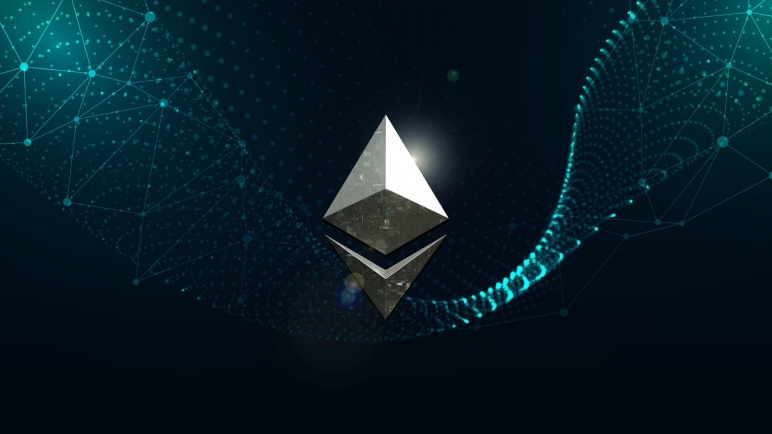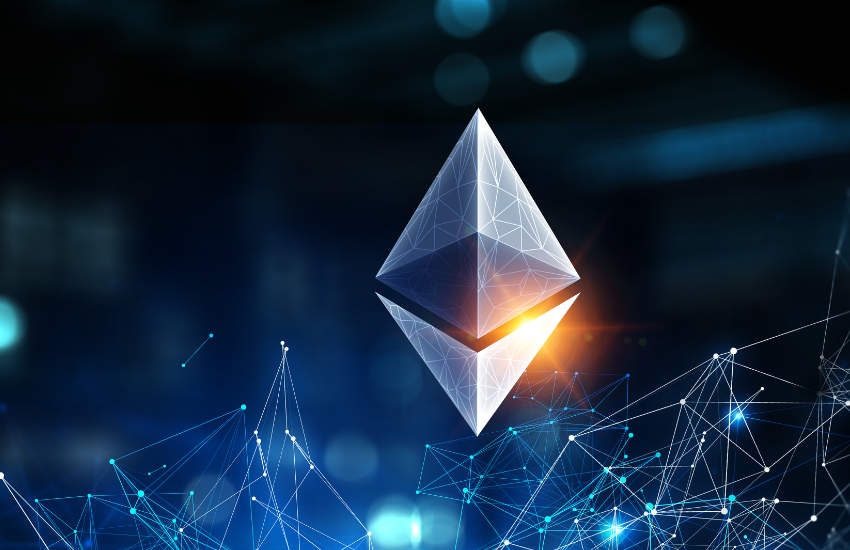In the ever-evolving landscape of blockchain technology, Ethereum has emerged as a beacon of innovation and decentralization. Launched in 2015 by the prodigious developer Vitalik Buterin, Ethereum is not merely a cryptocurrency but a sophisticated platform that enables the creation of decentralized applications (DApps) and smart contracts. This blog explores the intricacies of Ethereum, shedding light on its revolutionary features and the transformative potential it holds for various industries.
Understanding Ethereum

At its core, Ethereum is a decentralized platform that utilizes blockchain technology to facilitate secure and transparent transactions. While Bitcoin primarily serves as a digital currency, Ethereum expands on this concept by incorporating a versatile scripting language. This scripting language allows developers to build and deploy smart contracts on the Ethereum blockchain.
Smart Contracts: The Building Blocks of Ethereum

Smart contracts are self-executing contracts with the terms of the agreement directly written into code. They automate and enforce the execution of contractual agreements, eliminating the need for intermediaries such as banks or legal systems. This not only enhances efficiency but also reduces the risk of fraud and manipulation. Smart contracts have found applications in various sectors, including finance, real estate, and supply chain management.
Decentralized Applications (DApps)
Ethereum’s innovative potential is further realized through the creation of decentralized applications. DApps operate on a peer-to-peer network, ensuring that no single entity has control over the entire application. This decentralization minimizes the risk of censorship, fraud, and downtime, making DApps more resilient and trustworthy. Examples of successful Ethereum-based DApps include Uniswap (a decentralized exchange), Compound (a lending platform), and CryptoKitties (a blockchain-based game).
Ether (ETH): The Fuel for Ethereum’s Ecosystem
Ether (ETH) is the native cryptocurrency of the Ethereum platform. While Bitcoin is primarily a store of value and medium of exchange, Ether serves a dual purpose within the Ethereum ecosystem. Firstly, it acts as a means of transaction, allowing users to pay for services, execute smart contracts, and participate in decentralized applications. Secondly, Ether plays a crucial role in securing the Ethereum network through a process known as “mining” or, in the future, through the transition to a proof-of-stake consensus mechanism with Ethereum 2.0.
Ethereum 2.0: Scaling for the Future
Recognizing the limitations of its current proof-of-work consensus mechanism, Ethereum is undergoing a significant upgrade known as Ethereum 2.0. This upgrade aims to improve scalability, security, and sustainability by transitioning from proof-of-work to proof-of-stake. Ethereum 2.0 is expected to enhance transaction throughput, reduce energy consumption, and make the network more accessible for developers and users alike.
Challenges and Future Prospects
Despite its groundbreaking features, Ethereum faces challenges such as scalability issues, high transaction fees, and environmental concerns associated with its proof-of-work mechanism. Ethereum 2.0 addresses some of these challenges, but the community continues to explore innovative solutions to ensure the platform’s long-term success.
Conclusion
In conclusion, Ethereum stands as a testament to the transformative power of blockchain technology. Its introduction of smart contracts and decentralized applications has revolutionized industries and paved the way for a new era of trustless, transparent, and efficient transactions. As Ethereum continues to evolve with the implementation of Ethereum 2.0 and the exploration of novel solutions, its influence on the global landscape is set to grow, promising a decentralized future that transcends the limitations of traditional systems.
Have A Look :-
- How To Make Twitter Account Private?
- State of Digital Marketing Report: AdRoll
- StoriesDown – Instagram Story Viewer And Downloader

